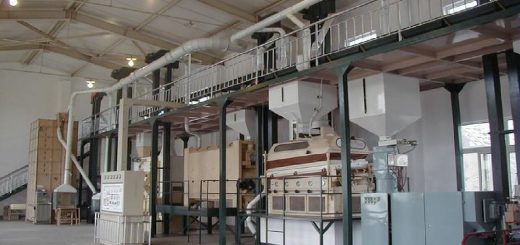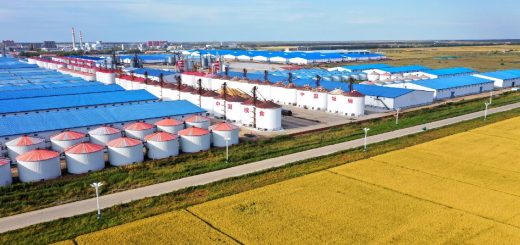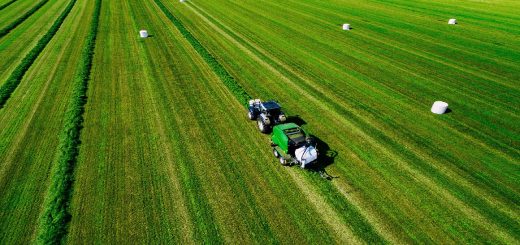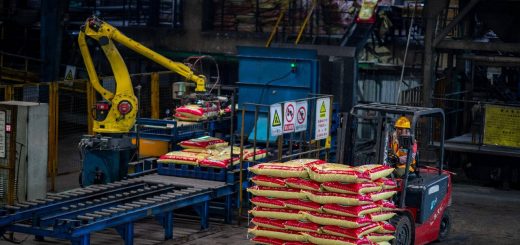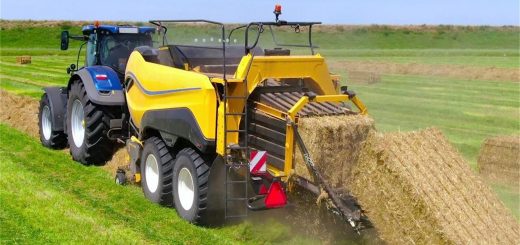What Is a Seed Processing Machine? Types, Uses, and Benefits in Modern Farming
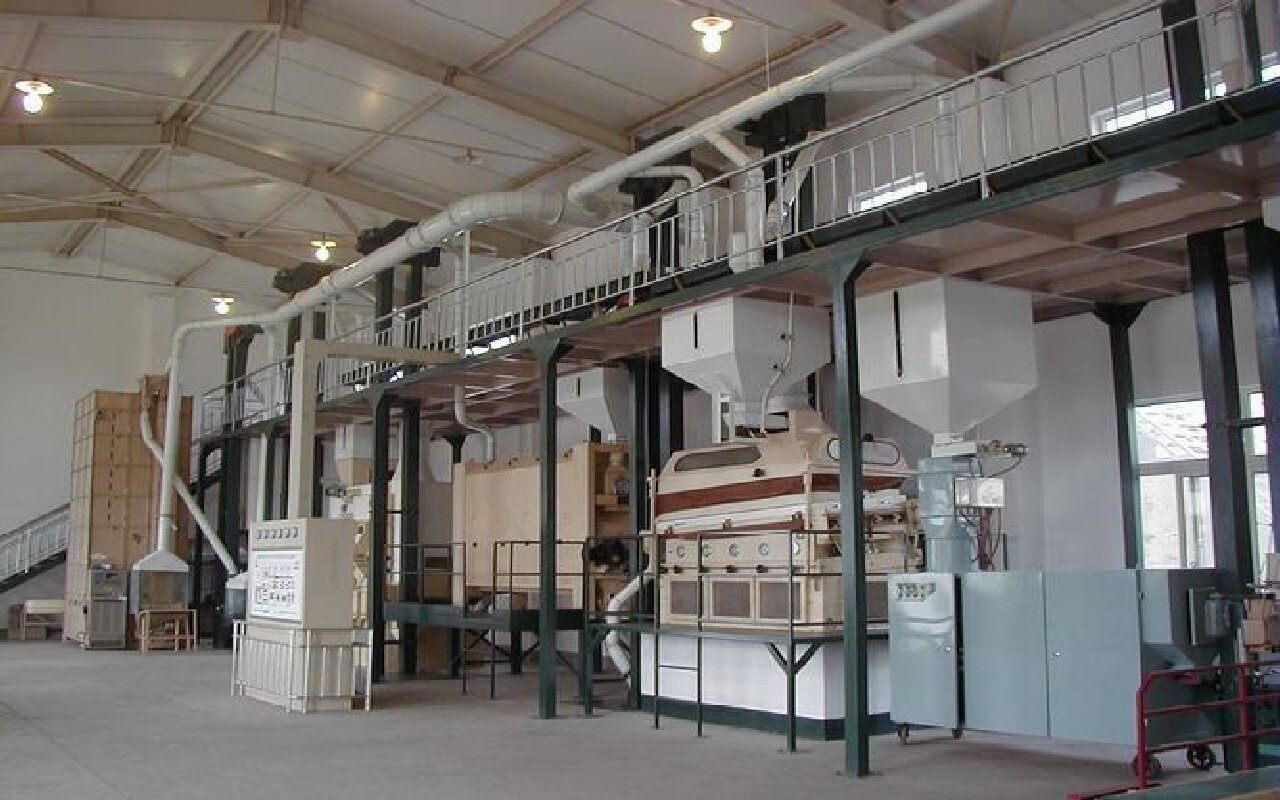
What Is a Seed Processing Machine?
A seed processing machine is a device used to clean, sort, dry, and treat seeds to improve their quality and readiness for planting. These machines ensure seeds are free from dirt, damaged grains, pests, or diseases. They are vital tools for farmers, seed companies, and agricultural researchers to boost crop growth and food production.
Types of Seed Processing Machines
- Seed Cleaners: Remove dust, stones, and broken seeds using screens or air blowers.
- Gravity Separators: Sort seeds by weight to separate healthy, heavy seeds from lighter ones.
- Seed Dryers: Reduce moisture in seeds using heat or airflow to prevent mold during storage.
- Seed Treaters: Coat seeds with chemicals or nutrients to protect them from pests or diseases.
- Seed Graders: Sort seeds by size or shape using rotating drums or mesh trays.
Functions and Benefits
- Improve Seed Quality: Remove impurities and damaged seeds to ensure only healthy ones are planted.
- Boost Germination: Proper drying and treatment help seeds sprout faster and grow stronger.
- Save Time and Labor: Automate tasks like cleaning and sorting, reducing manual work.
- Increase Crop Yield: High-quality seeds lead to better plant growth and higher harvests.
- Disease Prevention: Chemical coatings protect seeds from soil-borne illnesses.
Common Uses
- Farms: Prepare seeds for planting season.
- Seed Companies: Process and package seeds for sale.
- Research Centers: Test and improve seed varieties.
- Greenhouses: Ensure uniform seed quality for controlled farming.
- Post-Harvest Facilities: Clean and store seeds after crop collection.
How to Operate a Seed Processing Machine
- Preparation: Check the machine for damage. Calibrate settings like screen size or airflow based on seed type.
- Loading: Pour raw seeds into the machine’s input hopper.
- Processing:
- For cleaners: Use vibration and air to separate debris.
- For treaters: Apply coatings evenly using rotating drums.
- For dryers: Adjust temperature to avoid overheating seeds.
- Collection: Collect cleaned or treated seeds from the output tray.
- Maintenance: Clean the machine after use. Replace worn parts like screens or belts regularly.


